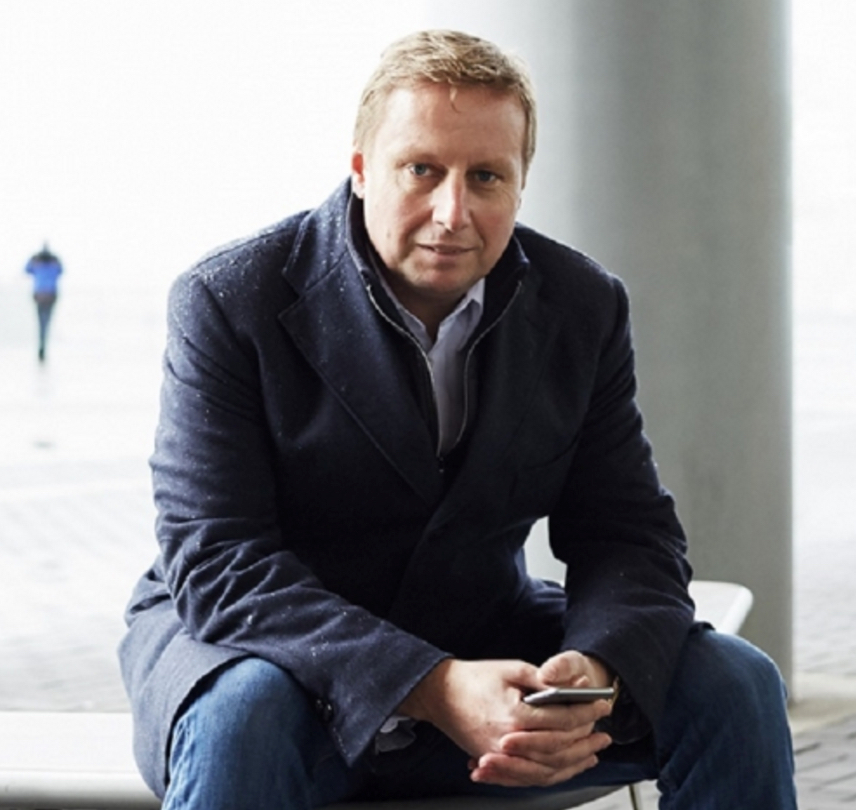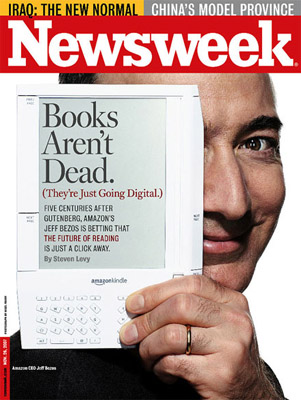 Normally I am one of the early adopters of new internet services and technologies, but Twitter was an exception. I first came across the service in mid- to late 2006, but did not really believe in it at that time. The main reason was probably that I did not know many other people who were using Twitter, and I did not see the added value yet. Only on June 8, 2007 at 2:05 PM I sent my first Twitter message into the world to give it a try. And I was convinced pretty quickly: Six months later I have posted 1001 messages, I am following 65 people and 105 people are following me. That’s not a lot by the way, the number one is probably fellow Dutchman Erwin Blom who managed to write over 15,500 tweets over the past 12 months!
Normally I am one of the early adopters of new internet services and technologies, but Twitter was an exception. I first came across the service in mid- to late 2006, but did not really believe in it at that time. The main reason was probably that I did not know many other people who were using Twitter, and I did not see the added value yet. Only on June 8, 2007 at 2:05 PM I sent my first Twitter message into the world to give it a try. And I was convinced pretty quickly: Six months later I have posted 1001 messages, I am following 65 people and 105 people are following me. That’s not a lot by the way, the number one is probably fellow Dutchman Erwin Blom who managed to write over 15,500 tweets over the past 12 months!
In case you don’t know yet what Twitter is, the best way to describe it is as micro-blogging. Basically, you can send a short message to all your followers (they used to be called friends when the service launched), with a maximum of 140 characters. So you are forced to keep your messages simple and short, or to use more than one Tweet (= a twitter message). People use Twitter to tell others what they are thinking, to ask questions or to comment on what they are doing. Sometimes whole discussions start, or people are live commenting on TV programs or sport matches. I mainly use it to describe what I am doing, focusing on private life and less on business, and I occasionally join a discussion on Twitter.
The nice thing about Twittering is that you can do it everywhere. Most of my Tweets I sent from my mobile phone over the internet. You can also use SMS for this, but that’s way too expensive from China. Whenever something happens you can immediately inform others about it, unlike with a blog post that I normally write on my laptop (I can of course write a blog post on my phone, but that’s a hassle). Therefore the content of my Twitter feed is very different from my blog. Twitter normally only shows what I am doing (very descriptive), my blog also has descriptive posts but combines that with an opinion about these things. On Twitter I hardly ever give my opinion, there is just not enough space for that in 140 characters.
I mainly Twitter on weekends or on weekday nights. I do not very often send Tweets into the world during working hours, I guess I am too preoccupied with other (=more important) things.
To me Twitter is fun, a new way of expressing yourself, of getting to know other people and for other people to get to know you. Several of the people that I follow on Twitter I have never met in real life, but if I would meet them I would probably know them better than many of my real life friends. During PICNIC07 I met several of my followers, and it’s interesting to see how quickly you can connect, because you basically already know each other.
Some people start blogging less because of Twitter, but I think for me there is not a direct relationship. I might not post about some things because I already twittered about them, but generally I don’t think the number of posts diminished. Twittering is something that you do quickly, you can write a tweet in 10 seconds. A blog post normally takes me an average of 15-20 minutes. You think about a blog post before you write it, a tweet is just a line that you send into the world.
People sometimes ask me whether I don’t care about privacy when they read my Tweets. Honestly, I don’t believe in privacy anymore. The world has changed over the past 10 years, and most kids that grew up with the internet put their whole life online on MySpace and Facebook. People of my generation (I feel old when I write this, and I am only 35) seem to be more conservative, except for the ones that also ‘live’ on the internet. Interesting, the most active Twitterers are normally people who run their own business or work for smaller web-related companies. I don’t know many people working for multinationals that have an active Twitter feed, they literally live in a different world (and that’s why many multinationals will have a hard time to stay competitive in this changing web 2.0 world , but that’s a different story). And to come back to privacy, only the things you want to share you post online. Some people go a bit further than I do, however. Take a look for example at this x-rated Tweet from one of my followers!
I like Twitter, and hope it will keep on growing as a service. It’s not for everybody, just like blogging is not for everyone. But it’s much easier to keep up your Twitter posts, than to keep writing a blog over a longer period of time. If you want to check out Twitter go to Twitter.com and set up an account. If you want to follow me, go to http://twitter.com/marcvanderchijs and click on the follow button. And of course you can also read my latest Tweets on the right hand sight of my blog. Happy Twittering!




